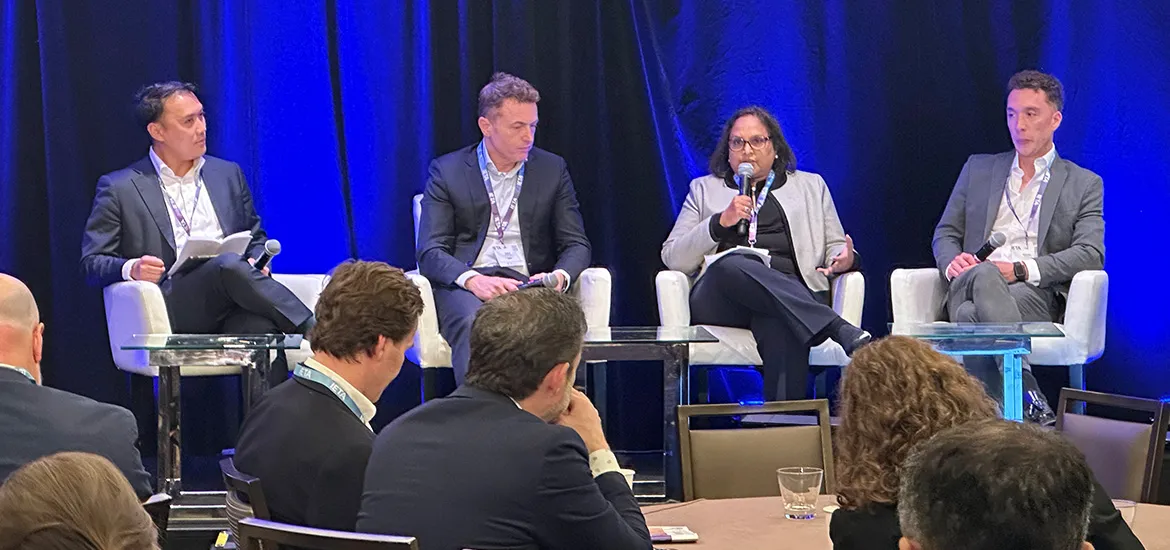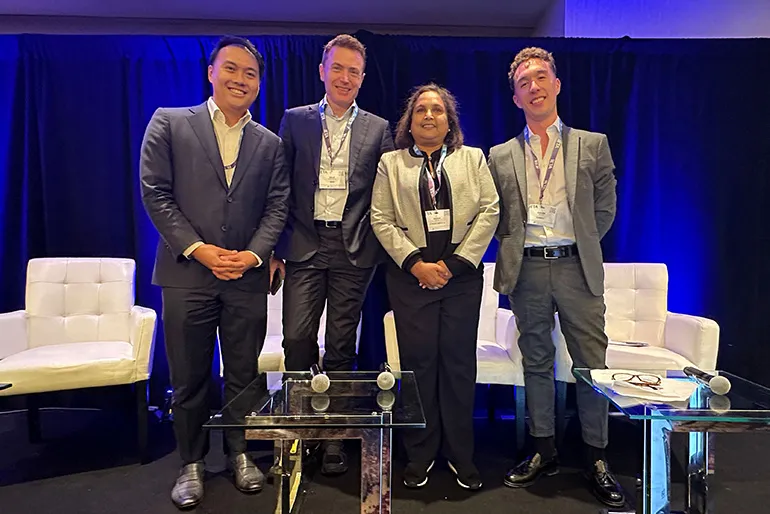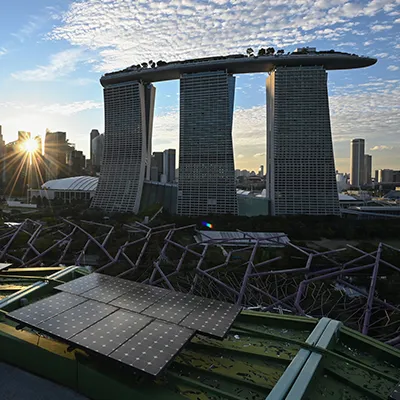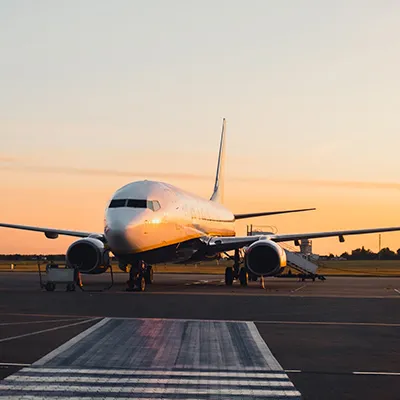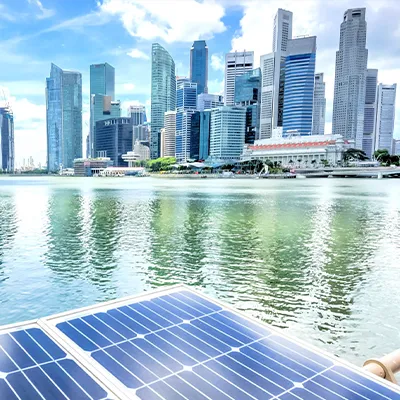Southeast Asia (SEA) is set to play an important role in global carbon markets, being a rich source of renewable energy and natural carbon sinks across mangroves and peatlands, holding 20-25% of the global Natural Climate Solutions (NCS) supply. From providing financing for impactful climate projects to recognising the value of reforestation and greenhouse gas (GHG) reduction efforts in local ecosystems, carbon markets advance climate goals as part of an overall suite of efforts that include direct decarbonisation and the shift to more sustainable supply chains.
At the North America Climate Summit (NACS) in New York, sponsored by the EDB, panellists Dale Hardcastle, Global Head of Carbon Markets at Bain; Saima Qadir, Carbon Markets Director at Climate Impact X; David Prieto, Senior Director of Climate and Energy Advisory at ClimeCo; and moderator Jingxin Zheng from the EDB discussed the long-term value of Southeast Asia to global carbon markets and how carbon services firms can seize opportunities from Singapore.
1. Gain access to high-quality and affordable carbon credits from SEA
There is a need for high-integrity carbon credits originating from meaningful and scalable projects. Given the ecological, urban and agricultural composition of the region, SEA stands to provide a large volume of affordable but quality credits across segments such as plastic, blue carbon, agroforestry, climate-smart agriculture, biochar, waste, energy efficiency, and renewable energy.
